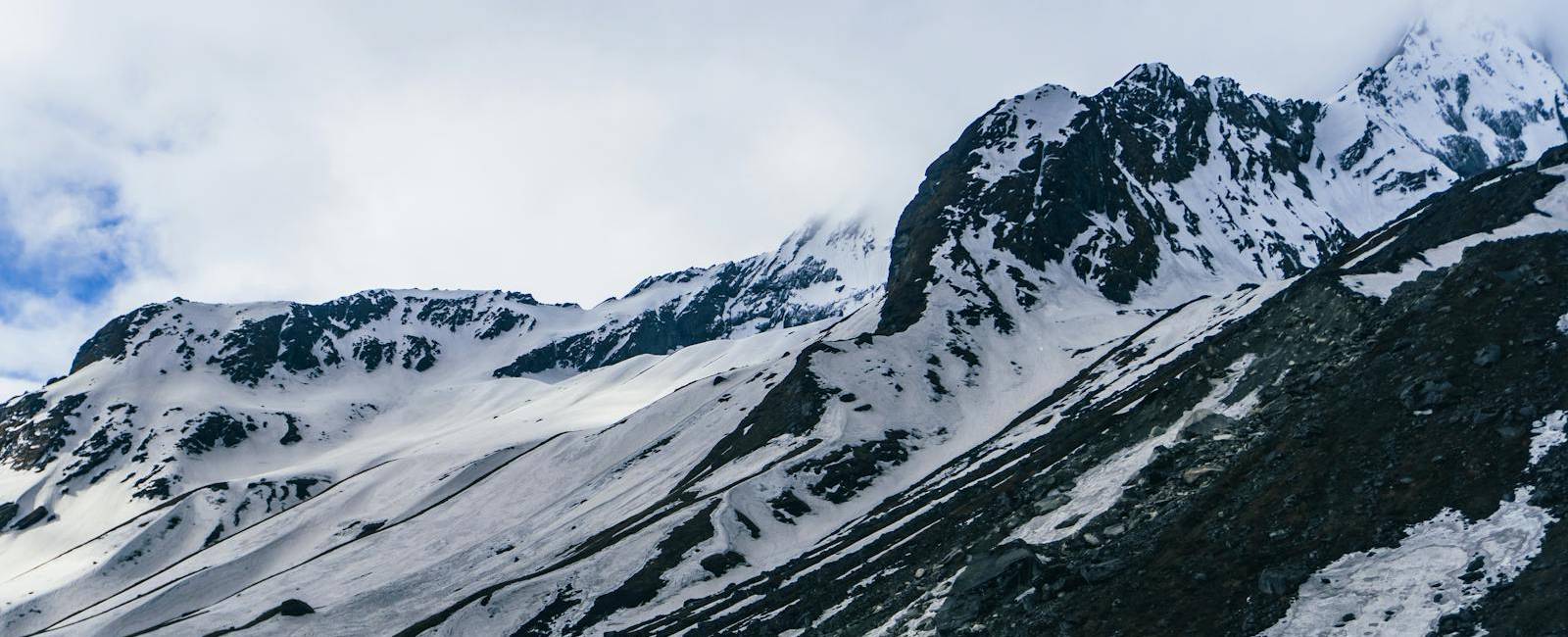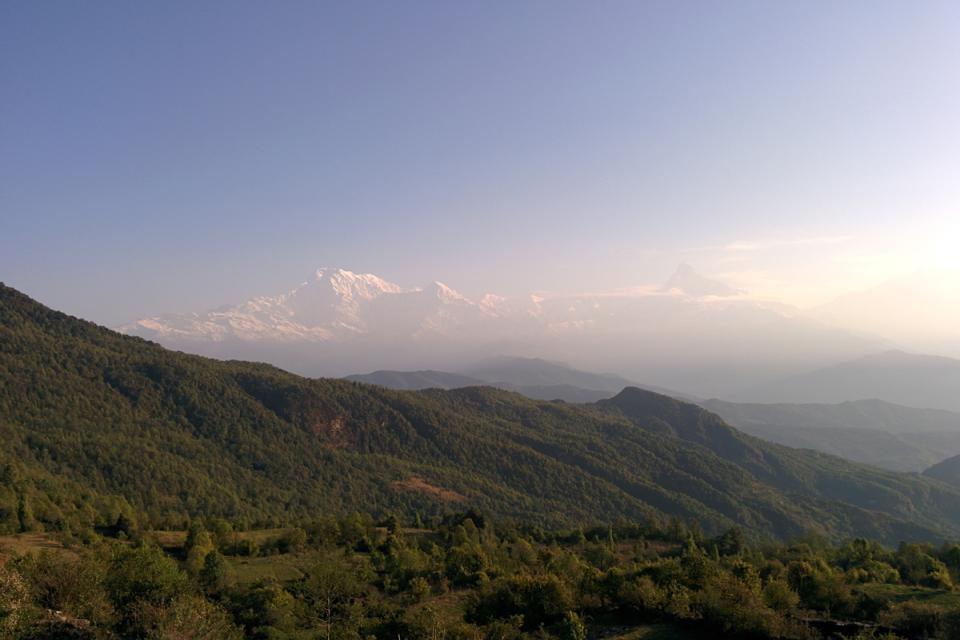The Panchase Trek, nestled in the Annapurna region of Nepal, is a lesser-known but incredibly rewarding trekking experience. Known for its gentle trails, stunning panoramic views of the Annapurna and Dhaulagiri ranges, and rich cultural encounters with local Gurung and Brahmin communities, Panchase offers a peaceful alternative to the more crowded routes. While it’s accessible year-round due to its moderate altitude (around 2,500 meters), when you choose to trek here can greatly enhance your adventure.
So, when is the best time to do the Panchase Trek?
In this guide, we’ll walk you through the ideal trekking seasons for Panchase, what weather and trail conditions to expect, and how to pick the right time based on your preferences and travel style. Whether you’re traveling from Kathmandu or starting directly in Pokhara, Best Heritage Tour offers carefully tailored Panchase Trek packages to ensure your journey is safe, comfortable, and unforgettable.
Let’s dive into the seasonal breakdown to help you plan your perfect Panchase Trek.
Overview of Seasons for Panchase Trek
Nepal’s trekking calendar is divided into four distinct seasons:
|
Season |
Months |
Trekking Conditions |
|---|---|---|
|
Spring |
March - May |
Mild weather, blooming rhododendrons, clear views |
|
Summer/Monsoon |
June - August |
Heavy rainfall, slippery trails, lush greenery |
|
Autumn |
September - November |
Stable weather, clear skies, busiest trekking season |
|
Winter |
December - February |
Cold mornings, possible snow at higher elevations, fewer crowds |
Let’s explore these in more detail.
Spring Season (March to May): Blooming Rhododendrons and Clear Views
Spring is one of the best seasons to experience the Panchase Trek, and it’s particularly popular among nature lovers.
Highlights:
-
Vibrant rhododendron forests bursting into color along the trail
-
Mild and comfortable daytime temperatures
-
Longer daylight hours ideal for hiking
-
Excellent visibility for mountain panoramas
What to Expect:
You’ll enjoy mostly clear skies with crisp views of majestic peaks like Annapurna South, Dhaulagiri, and Machhapuchhre (Fishtail). The forest trails come alive with red, pink, and white rhododendron blossoms, creating a spectacular natural tapestry. The temperatures are moderate - cool in the mornings and evenings, and pleasantly warm during the day, making it ideal for trekking.
Pros:
-
Stunning floral scenery
-
Stable, clear weather
-
Comfortable hiking conditions
Cons:
-
Slightly higher number of trekkers compared to winter
-
Possibility of occasional pre-monsoon showers in late May
If you want a colorful, comfortable trek with great mountain views, spring is an excellent choice.
Summer / Monsoon Season (June to August): Lush Landscapes with Some Challenges
The monsoon season brings much-needed rain to Nepal’s hills, including Panchase.
Highlights:
-
Quiet trails with fewer tourists
-
Lush, vibrant greenery and flowing waterfalls
-
Budget-friendly prices on accommodations and tours
What to Expect:
Expect frequent rain showers which can make trails muddy and slippery. Leeches are also common in forested sections. Mountain views will often be hidden behind clouds, but the vegetation is at its most vibrant. This season suits those who prefer solitude and don’t mind the wet conditions.
Pros:
-
Peaceful and uncrowded trails
-
Stunning green landscapes
-
Lower costs and less tourist traffic
Cons:
-
Limited mountain visibility
-
Slippery trails and leech risk
-
Occasional landslide hazards
Best Heritage Tour’s experienced guides will ensure your safety and comfort with flexible plans and proper gear advice during this season.
Autumn Season (September to November): The Ideal Trekking Window
Autumn is considered the top trekking season in Nepal and is perfect for Panchase as well.
Highlights:
-
Clear, crisp skies offering spectacular mountain views
-
Stable and dry weather conditions
-
Vibrant cultural experiences in local villages
What to Expect:
After the monsoon rains, the air clears, offering stunning visibility of Himalayan giants. The weather is pleasant, making hiking enjoyable. This season attracts trekkers worldwide, so you’ll encounter lively trails and festive villages, especially during Nepali festivals such as Dashain and Tihar.
Pros:
-
Best visibility for mountain vistas
-
Comfortable weather ideal for trekking
-
Rich cultural interactions
Cons:
-
Busier trails and lodges
-
Higher demand for permits and guides
If you want picture-perfect views and a festive atmosphere, autumn is the perfect time.
Winter Season (December to February): Quiet Trails and Crisp Air
Winter trekking in Panchase offers a different but equally rewarding experience.
Highlights:
-
Fewer trekkers and tranquil trails
-
Snow-dusted villages and pristine mountain views
-
Cooler temperatures with clear skies
What to Expect:
The days can be sunny but cold, especially in the mornings and evenings. Snowfall is rare but possible at higher altitudes. The trekking route remains accessible, and with proper warm clothing and gear, winter can be a serene time to explore.
Pros:
-
Peaceful, less crowded trails
-
Stunning snow-capped mountain scenery
-
Lower prices in some accommodations
Cons:
-
Cold temperatures, especially at night
-
Possible icy or snowy trail sections
Best Heritage Tour provides heated accommodations and expert guidance to ensure a safe and cozy winter trek.
Season Comparison Table
|
Season |
Weather |
Views |
Crowd Level |
Trail Conditions |
Recommendation |
|---|---|---|---|---|---|
|
Spring (Mar-May) |
Mild, pleasant |
Excellent |
Moderate |
Dry, scenic |
Most colorful season |
|
Summer (Jun-Aug) |
Wet, humid |
Often cloudy |
Low |
Slippery, lush |
For adventurous trekkers |
|
Autumn (Sep-Nov) |
Cool, clear |
Excellent |
High |
Perfect |
Best all-around season |
|
Winter (Dec-Feb) |
Cold, dry |
Clear |
Low |
Snowy at times |
Peaceful, serene experience |
Choosing the Right Time Based on Your Interests
-
For vibrant blooms and mild weather: Spring (March to May) is perfect.
-
For solitude and lush greenery: Monsoon (June to August) is best, if you don’t mind rain.
-
For crystal-clear views and cultural festivals: Autumn (September to November) is ideal.
-
For quiet trails and snowy scenery: Winter (December to February) offers tranquility and crisp air.
No matter your preference, Panchase’s moderate altitude and friendly trails make it a flexible destination year-round.
Weather and Safety Tips for Panchase Trek
-
Altitude: With a highest elevation around 2,500m, altitude sickness is rare but stay hydrated and take your time.
-
Clothing: Layer your clothing to adapt to changing temperatures; waterproof gear is essential in monsoon.
-
Trail Safety: Best Heritage Tour’s experienced guides continuously monitor weather and trail conditions to adjust your itinerary as needed.
-
Travel Insurance: Recommended for all trekkers, especially in less predictable seasons.
Final Thoughts: When Will You Experience Panchase?
Each season offers a unique flavor of the Panchase Trek - from blooming rhododendrons in spring to crisp autumn days filled with festivals, to quiet winter landscapes. Whatever time you choose, Best Heritage Tour is here to provide a seamless, safe, and unforgettable trekking experience tailored to your needs.
Book Your Panchase Trek with Best Heritage Tour Today!
Ready to explore the natural beauty and cultural richness of Panchase? Check out our specially curated trekking packages designed for comfort and adventure:
Panchase Short Trek Package: www.bestheritagetour.com/panchase-short-trek
Contact us:
Email: info@bestheritagetour.com / bestheritagetour@gmail.com
WhatsApp/Call: +977-9851149197
Website: www.bestheritagetour.com
Office Location: Thamel Marg, Kathmandu, Nepal
Embark on your Panchase journey at the best time for you - with expert guidance and unmatched local hospitality.
Author: Best Heritage Tour
Date: 27th July, 2025


